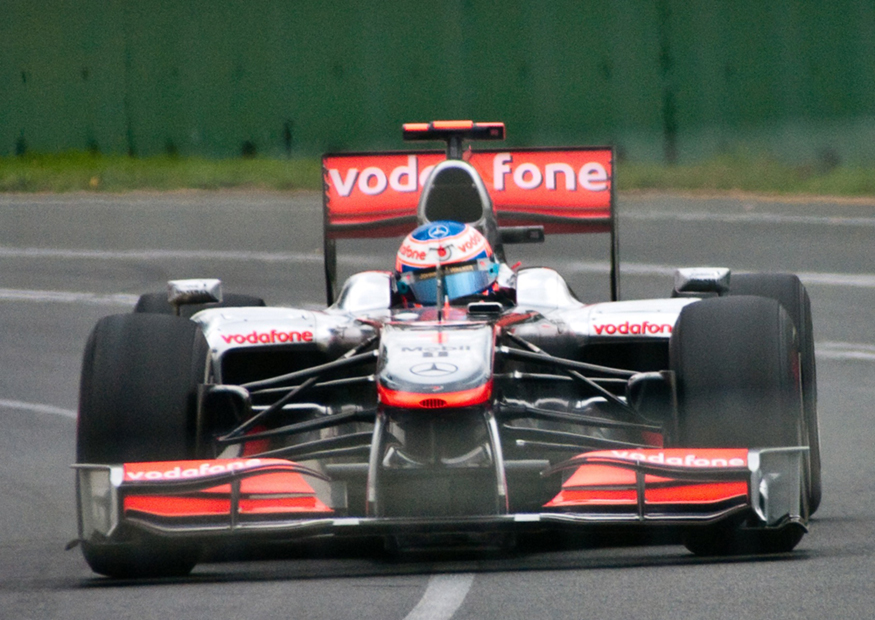Uniform Circular Motion and Gravitation
34 Introduction to Uniform Circular Motion and Gravitation

(credit: Richard Munckton)
Many objects in nature and daily life follow curved paths—whether it’s a bird gliding through the sky, a cyclist navigating a turn, or Earth revolving around the Sun. Whenever motion curves, there must be a net external force to change the direction of the velocity. This idea stems from Newton’s first law, which states that an object will continue in a straight line at constant speed unless acted upon by a net force.
This chapter focuses on one of the simplest and most important types of curved motion: uniform circular motion—motion around a circular path at constant speed. Understanding this kind of motion introduces key ideas that are essential for understanding more complex rotational dynamics.
We’ll also distinguish between:
-
Translational motion – movement in which all points of an object move the same distance, such as a puck sliding across the ice.
-
Rotational motion – movement in which points of an object move along circular paths around a fixed center, such as a spinning wheel.
⚕️ Health Sciences Context: Circular and rotational motion plays an important role in biomechanics (e.g., limb rotation in joints), medical imaging systems (e.g., CT scan rotors), and centrifuges in laboratory settings. Understanding these motions helps interpret forces on bones, tissues, and cells subjected to circular movement.
Glossary
- uniform circular motion
- the motion of an object in a circular path at constant speed
the motion of an object in a circular path at constant speed

